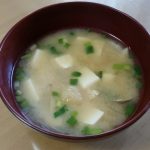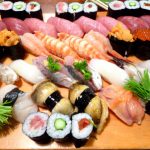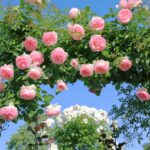a traditional Japanese tea room 茶室



I am interested in tea rooms. I also like English style tea rooms very much. Whenever I go to Singapore, I visit a hotel for English style afternoon tea .

https://www.fullertonhotels.com/the-fullerton-hotel
I am interested in tea rooms.

Let me describe a traditional Japanese tea room. I’m very interested in Chashitsu{茶室 in Japanese. 茶(cha) means tea. 室(Shitsu) means a room.} Do you know the Japanese tea ceremony? I don’t know about it in detail., but I like drinking Japanese tea.

In Japan, We call the Japanese tea ceremony Sado(茶道). 道(do) means the “the Way from Zen thinking. We often call Sado Chanoyu.

I am especially interested in the type of tea room created by Rikyu .
Chashitsu are used for Sado. There are many kinds of chashitsu, but I am especially interested in the type of tea room created by Rikyu .
A man called Takeno Jo was Rikyu’s tea ceremony teacher. Jo made simple and small tea room with four and a half tatami mats (yojohan in Japanese) and clay walls. He made it opening a big shoji window to the north. He let the northern soft light in his tea toom. He loved no change of the sun light.
On the other hand, Rikyu (Sen no Rikyu) revolutionarily adapted Jo’s tea room into a simpler and smaller one with just two mats. Things or styles that Rikyu loved are called Rikyu gonomi. This tea room can be seen in the Tai-an tea room at Myoki-an a Rinzai sect temple in Yamazaki in Kyoto. I have never yet visited there, but I have taken part in the Japanese tea ceremony done in the simple and small tea room of Rikyu gonomi.
Rikyu gonomi
Rikyu loved the Japanese tea room as follows.
He made it opening a smaller shoji window to the south. He let the vivid light in it. He loved gradual change of the sun light in a day. Also, he made the small entrance to the room, through which to crawl(nijiriguchi in Japanese) just big enough for one person to crawl in or out of the tea room. This entrance is very small.
In entering the tea room, all the participants could equally enjoy gathering with people of high rank and drinking tea in the same small room.
Glancing at Jo’s tea rooms, we will feel comfortable during our long stay there, but Rikyu’s tea room is more comfortable for me becasse I also love the simplicity just as Rikyu loved it. Generally speaking, there is some atmosphere of tension in Rikyu’s tea room.
Rikyu intended to pursue the simplicity and pursued the height of the simplicity in his later age though he made the golden tea room ordered by his master (Kanpaku Toyotomi Hideyoshi).
Rikyu cut all the morning glories except one and left only one.
In the historical story, we are told that Rikyu cut all the morning glories except one and left only one.
He showed Kanpaku Toyotomi Hideyoshi only one beautiful morning glory, the most beautiful one in his small tea room.
Rikyu created his unique cultural world just like persons of Japanese ancient culture.
Simplicity is very important for the Japanese.
In Japanese culture simplicity is very important, I think.
I would love to have a simple life, but it may be hard for me. How to understand Simplicity is also very different for the Japanese.








